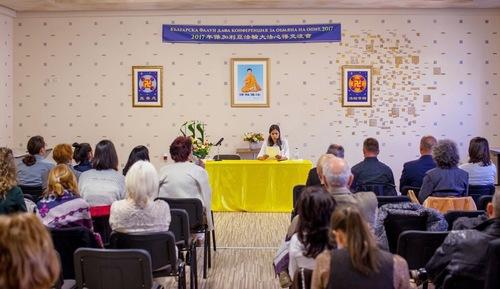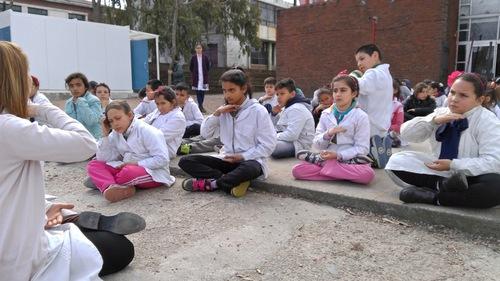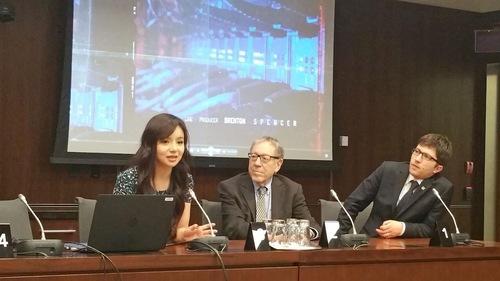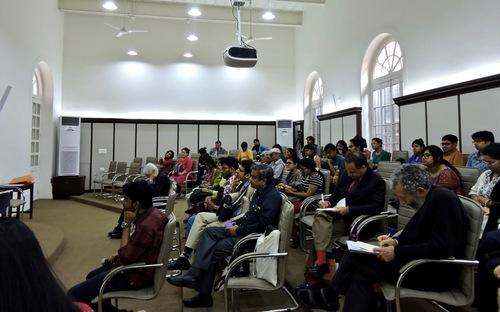Facebook has built a solar-powered drone that it plans to deploy across the globe to provide Internet access anywhere—including remote areas in the Third World. Testing of the prototype drone is already underway in California.
If successful, the initiative could massively enlarge Facebook’s user base.
According to Facebook, 4 billion people on Earth still lack access to the Internet, and while some solutions are promising, they won’t guarantee reliable infrastructure for all.
“Ten percent of the world’s population lives in remote locations with no Internet infrastructure, and the kinds of infrastructure technologies used everywhere else—things like fiber-optic cable, microwave repeaters, and cell towers—may be a challenge to deploy cost-effectively in these regions,” Jay Parikh, Facebook’s vice president of global engineering, wrote in a blog post.
Like other solar-powered airplanes, the Aquila has a large wingspan (wider than the Boeing 747) and relatively small mass (a weight similar to that of a car), and is designed to fly continuously for three months at a time.
Flying at altitudes of 60,000–90,000 feet above sea level, the Aquila works by beaming lasers at small towers on the ground, which in turn create Wi-Fi spots for people in the vicinity. The Aquila is designed to be able to transmit data at towers within a 31-mile (50-kilometer) radius at 10 gigabits per second.




